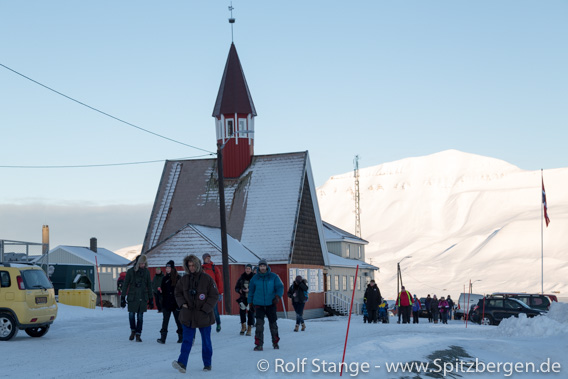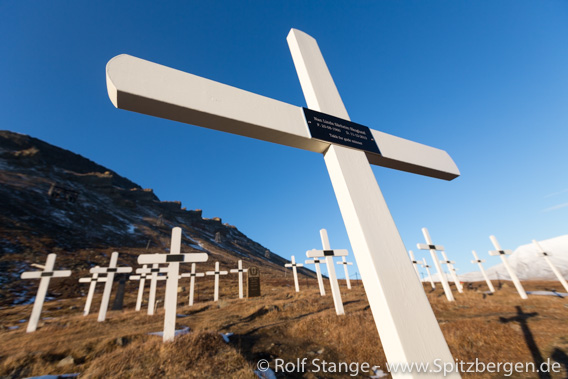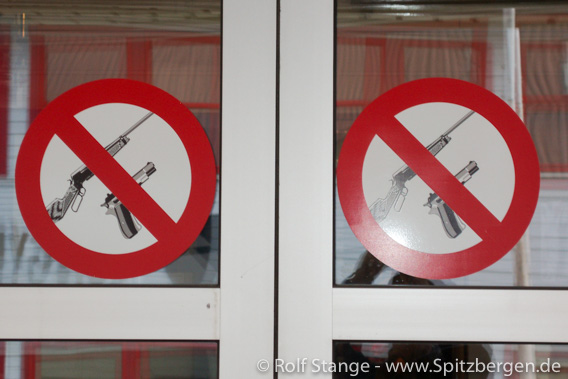-
current
recommendations- Liefdefjord
New page dedicated to one of Spitsbergen's most beautiful fjords. Background information and many photos.
- New Spitsbergen guidebook
The new edition of my Spitsbergen guidebook is out and available now!
- Liefdefjord
New page dedicated to one of Spitsbergen's most beautiful fjords. Background information and many photos.
Page Structure
-
Spitsbergen-News
- Select Month
- May 2025
- April 2025
- March 2025
- February 2025
- January 2025
- December 2024
- November 2024
- October 2024
- September 2024
- August 2024
- July 2024
- June 2024
- May 2024
- April 2024
- March 2024
- February 2024
- January 2024
- December 2023
- November 2023
- October 2023
- September 2023
- August 2023
- July 2023
- June 2023
- May 2023
- April 2023
- March 2023
- February 2023
- January 2023
- December 2022
- November 2022
- October 2022
- September 2022
- August 2022
- July 2022
- June 2022
- May 2022
- April 2022
- March 2022
- February 2022
- January 2022
- December 2021
- November 2021
- October 2021
- September 2021
- August 2021
- July 2021
- June 2021
- May 2021
- April 2021
- March 2021
- February 2021
- January 2021
- December 2020
- November 2020
- October 2020
- September 2020
- August 2020
- July 2020
- June 2020
- May 2020
- April 2020
- March 2020
- February 2020
- January 2020
- December 2019
- November 2019
- October 2019
- September 2019
- August 2019
- July 2019
- June 2019
- May 2019
- April 2019
- March 2019
- February 2019
- January 2019
- December 2018
- November 2018
- October 2018
- September 2018
- August 2018
- July 2018
- June 2018
- May 2018
- April 2018
- March 2018
- February 2018
- January 2018
- December 2017
- November 2017
- October 2017
- September 2017
- August 2017
- July 2017
- June 2017
- May 2017
- April 2017
- March 2017
- February 2017
- January 2017
- December 2016
- November 2016
- October 2016
- September 2016
- August 2016
- July 2016
- June 2016
- May 2016
- April 2016
- March 2016
- February 2016
- January 2016
- December 2015
- November 2015
- October 2015
- September 2015
- August 2015
- July 2015
- June 2015
- May 2015
- April 2015
- March 2015
- February 2015
- January 2015
- December 2014
- November 2014
- October 2014
- September 2014
- August 2014
- July 2014
- June 2014
- May 2014
- April 2014
- March 2014
- February 2014
- January 2014
- December 2013
- November 2013
- October 2013
- September 2013
- August 2013
- July 2013
- June 2013
- May 2013
- April 2013
- March 2013
- February 2013
- January 2013
- December 2012
- November 2012
- October 2012
- September 2012
- August 2012
- July 2012
- June 2012
- May 2012
- April 2012
- March 2012
- February 2012
- January 2012
- December 2011
- November 2011
- October 2011
- September 2011
- August 2011
- May 2011
- April 2011
- March 2011
- February 2011
- January 2011
- December 2010
- November 2010
- September 2010
- August 2010
- July 2010
- June 2010
- May 2010
- April 2010
- March 2010
- February 2010
- November 2009
- October 2009
- August 2009
- July 2009
- June 2009
- May 2009
- April 2009
- March 2009
- February 2009
- January 2009
- December 2008
- November 2008
- October 2008
- August 2008
- July 2008
- June 2008
- May 2008
- April 2008
- March 2008
- February 2008
- April 2000
- Select Month
-
weather information
-
Newsletter

| Guidebook: Spitsbergen-Svalbard |
Home →
Daily Archives: 4. May 2018 − News & Stories
Arctic rubbish: it is not allowed to die or to be born in Longyearbyen. Or: you are required by law to carry a gun
It is incredible how long-lived some rumours are. They are so persistent that they are not only often repeated by media anywhere in the world who do not do their homework, but – even worse – you can hear them locally, told as adventure stories by guides.
Still, they are rumours and the truth is different. You as a reader of this site know better or at least you will know better in a minute.
The first and maybe most often told rubbish is that it is not allowed to die in Longyearbyen. From a practical viewpoint, you may ask how to enforce such a rule or law. What happens if you actually die in Longyearbyen? Do you get a fine, or do they put you in jail? Seriously: such rumours often have a root somewhere in real history, and such is the case also here. For most of its history which goes back to 1906, Longyearbyen was nothing but a company town, completely owned by a mining company. There was no free housing market, but a company that provided accommodation to her employees. When your contract period was finished, you had to leave Longyearbyen (theoretically, you could stay elsewhere in Svalbard, as some trappers actually did!). For this simple reason, people did not die in Longyearbyen because of age (they often died from other causes, though). Even today, when you are seriously ill or you need intense care, you will be much better off on the mainland or somewhere else with advanced facilities, which do not exist in Longyearbyen. The hospital is small and not prepared to treat special cases, and there is no home for the elderly. So, if you need any of that, you fly to the mainland, for simple practical reasons.

People live happily in Longyearbyen …
In case an inhabitant dies, there is often the wish to be buried in a home community in mainland Norway (or elsewhere). Only very few families are connected to Longyearbyen over generations. Most people have a stronger family connection elsewhere, so in case, they want to be buried elsewhere. If someone chooses to rest eternally on the cemetery in Longyearbyen, then this is absolutely possible. There is only one restriction: only urn burials are allowed, no coffins. The so far last burials in Longyearbyen have been in 2014, but there will be more in the future when the occasion calls for it.
This is the factual background of the rather silly rumour that it is “not allowed to die in Longyearbyen”. There is no law like that, and there has never been one.

… and sometimes (rarely, though), they happen to die in Longyearbyen. There is no rule against dying in Longyearbyen.
Why are people, even guides, telling such silly things? Maybe it is the attempt to make Longyearbyen even more exciting and exotic than it actually is. Quite unnecessary, as Longyearbyen is already quite exciting and exotic as it really is. Maybe it is too much effort to make some quick research, and maybe some people think that the facts don’t matter in times of fake news (and the “rule against dying” is really more fake than news anyway). This is not the case! Things should be told as they are. One who did that regarding the right to die in Longyearbyen was local priest Leif Magne Helgesen, a while ago in a letter-to-the-editor in Svalbardposten.
While we are at it, let’s have a quick look at the other, more pleasant end of the life cycle, namely birth. When it is said that it is not allowed to die in Longyearbyen, it is also often said that it is not allowed to be born there either. That is rubbish just as well.It is only because of the above-mentioned practical reasons that pregnant women will take a flight to the mainland a few weeks before they are expected to give birth. In case of difficulties, it will be much safer to be in the university hospital in Tromsø or elsewhere in or near bigger, more advanced medical facilities, just in case. There is no law or rule of any kind against being born in Longyearbyen.
Another subject, similar level of bullshit: it is often said that people are required by law to carry a gun in Spitsbergen. Has anyone ever seen such a law? No! Because there has never been such a law. It is self-evident that your chances of survival in the worst case of meeting a really angry polar bear will be much better in case you have a suitable weapon when you are in the field in polar bear country, so it is indeed very common to carry a gun. But this is simply not required by any law! The only thing that you are legally obliged to have is some kind of deterrent, usually a signal pistol with special ammunition. If you apply for a tour permit, which you need for remote areas (outside the so-called administration area 10), then the Sysselmannen will also require that you carry a weapon for polar bear protection, but based on safety considerations and not on law. If you decide to walk outside Longyearbyen without a gun, then you may be a bit suicidal, but you don’t do anything illegal. Again: there is no law that requires anyone to carry a rifle in Svalbard!

It is not forbidden to die in Longyearbyen and there is no law asking you to carry a rifle in Svalbard. Not having anything to protect you against polar bears might, however, be a life-threatening mistake.
So, now we have clearified a good bit of arctic rubbish. See you soon!
News-Listing live generated at 2025/May/09 at 11:35:50 Uhr (GMT+1)




























